What’s It Gonna Be? Vermiculite or Perlite for Hypertufa? What About In Soil?
Which do you choose to make your hypertufa? Vermiculite or Perlite? What is the difference to your hypertufa project? So many questions and I am exploring to see if I can offer some explanations from my point of view.
Imagine my surprise when I found out there were so many vermiculite uses? Who knew?
Vermiculite uses in Hypertufa Making
First of all, I like to use vermiculite for my aggregate to mix with the Portland cement when I make the hypertufa. It is a brown color and I like the blending into the colors of the hypertufa that I am making. It seems to have a glittery sheen to it and I like that.
Though it is a very light material, I think my pieces may be just a little heavier using vermiculite instead of perlite. #affiliate links # ( I can make some change if you make a purchase through my link. Please see my Privacy Policy and Affiliate Disclosure Page if you have questions.
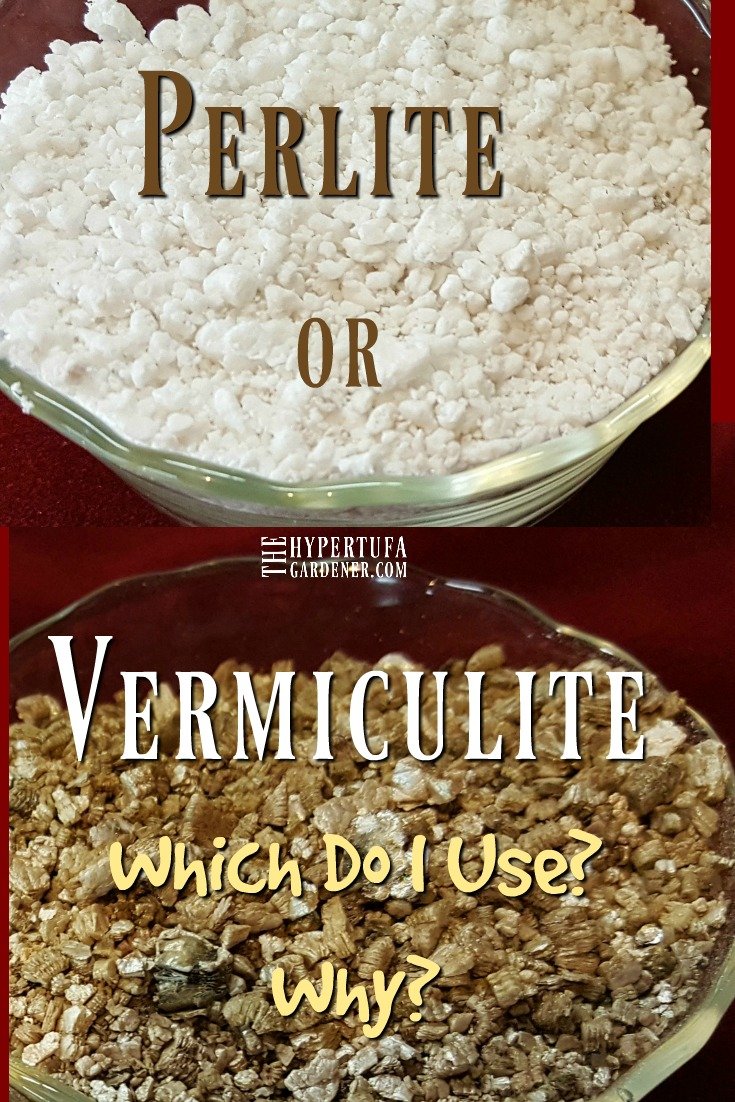
Vermiculite is the name given to a group of hydrated laminar minerals (aluminum-iron magnesium silicates) that look like mica. So what is mica? It is a shiny silicate mineral with a layered structure, found as minute scales in granite and other rocks, or as crystals.
So now I at least know why I prefer that look in my hypertufa projects. I like that vermiculite gives that sparkle that some real rocks have. I know, right?
I was surprised at so many vermiculite uses. Construction, automotive, packaging, swimming pool liners, etc. Unlike the hard perlite, it is a soft material and spongy too. In my video you can see my fingers just smush it like a sponge.
This illustrates its moisture-holding quality. Both vermiculite and perlite are inorganic products and are very light-weight.
How is Perlite Different?
Perlite is a white porous material, slightly crunchy, and it is made by heating volcanic glass. When you super heat the glass at about 1600°F, it pops like popcorn and makes that little fluff of “stone” that looks like someone crumbled up some Styrofoam.
It is also used to aerate the soil, assisting in drainage, and also traps air in those little crystal caverns helping to keep plant roots alive and healthy. Healthy root = healthy plant, right?
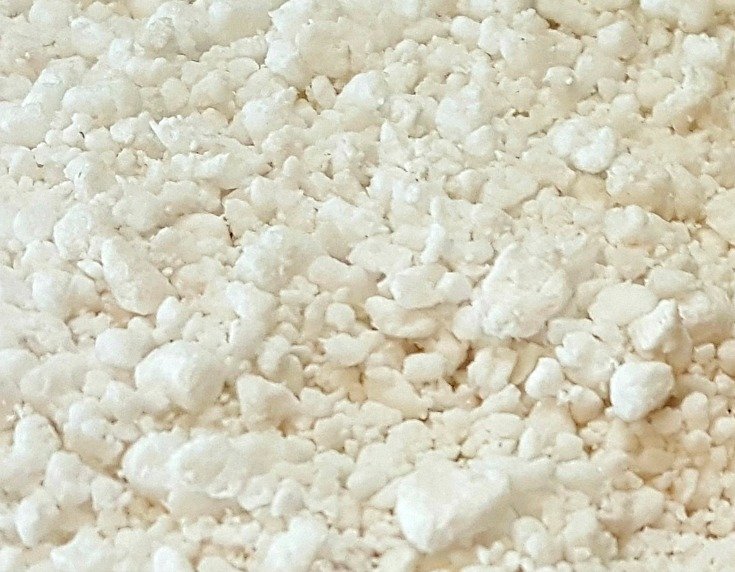
Just like vermiculite, perlite is used in construction, insulation, plaster, ceramics, hydroponics, cryogenics. It is even used to filter beer before it is bottled. But we use it in our gardens and this is the main use of perlite.
We hypertufa makers use it as our aggregate in hypertufa. It shows sometimes as small white bits embedded in the hypertufa. It doesn’t look bad, I just prefer the darker vermiculite for myself.
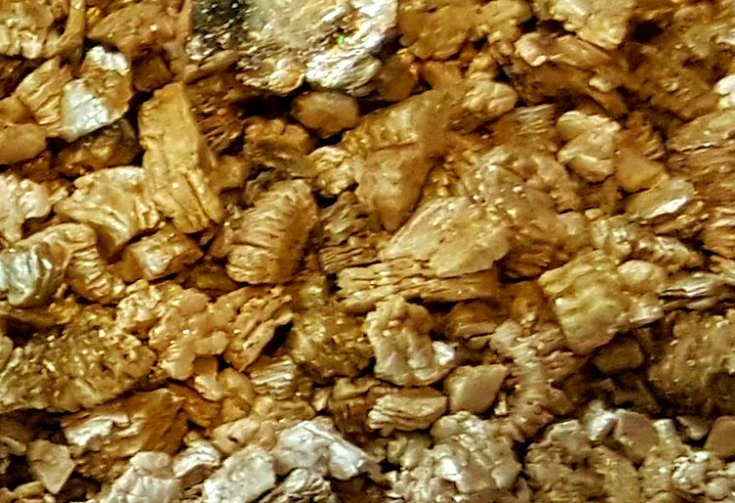
Vermiculite and Perlite for Seed Germination
In seed germination, it is great to use either of these materials. It is a relatively sterile mix as opposed to some soils which could contain molds or other contaminates. (Read: GNAT larva. Been there, done that.)
So it is a great medium to use for seeds, cuttings, pups, whatever you are needing to root or propagate.
Vermiculite holds moisture for longer periods and can hold more water than perlite. So it is great for starting seeds that you would want to keep evenly moist without having to constantly watch for dryness several times a day.
Perlite is great for cuttings since it traps water on its surface area, in the nooks and crannies of that little puffed stone. It releases water quickly. It seems that cuttings would be less likely to rot. Sounds perfect for our succulents and cacti.
I will have to test this out myself. I have my cuttings lying on top of soil and a layer of sand, so I will try one with perlite and see what happens.
Vermiculite and Perlite for Soil Additives in Containers
Based on that information above, I would think that a gardener would need to determine his or her needs based on where he is gardening. If I am in a hot and humid environment, I might choose the moisture-retaining vermiculite as my soil additive.
However here in Ohio, I think the perlite is better for me in my rainy spring, summer, and fall days. So each location should determine which is better for you.
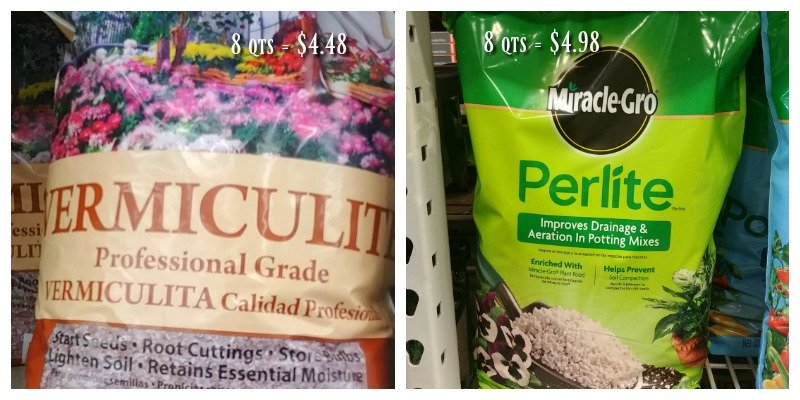
Also I need to mention, I used to find it difficult to find vermiculite. All that was carried at the local stores here was Perlite. Now these days, I am finding just the opposite. It is easier to find vermiculite than perlite. I have no idea why.
I get my vermiculite online in huge bags that fill a 32 gallon garbage can. That is the easiest for me. Those small bags I find at Lowe’s only last a few bowls. I can include my affiliate link here if you need to order and have it shipped in a large quantity.
Handle Vermiculite and Perlite with Care
Be careful not to inhale dust from these materials especially if you have lung problems. The same goes for peat moss, soil, and all of the materials we gardeners use. Don’t let this stuff be so dry that it raises airborne particles to get into your lungs. It is always best to moisten it with a mister/hose before use and put that face mask on!
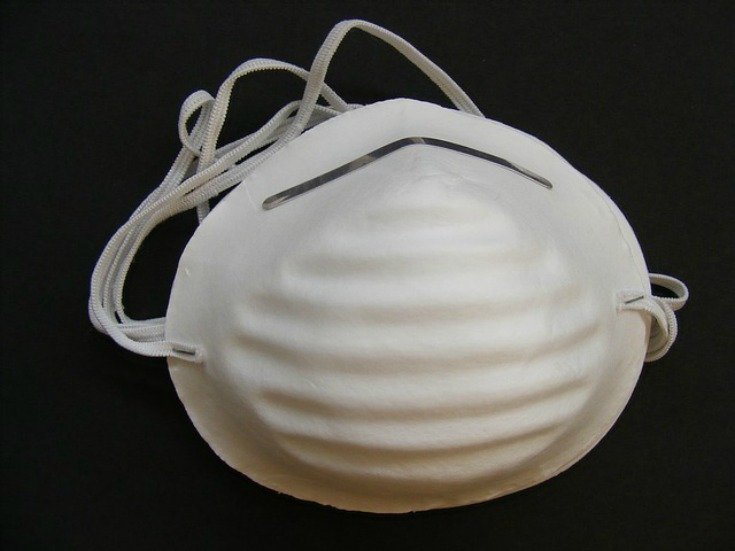
Vermiculite from some mines in Montana was found years ago to contain asbestos and that vermiculite was used in some homes as insulation and caused many medical problems such as asbestosis and mesothelioma, a deadly and aggressive cancer of the pleura. Those mines were shut down and a clean up progressed.
But many homes, gardens, etc used the contaminated material. You probably are aware about warnings regarding disturbing older homes when you remodel and the possibility of running into Asbestos and having a major and expensive clean-up.
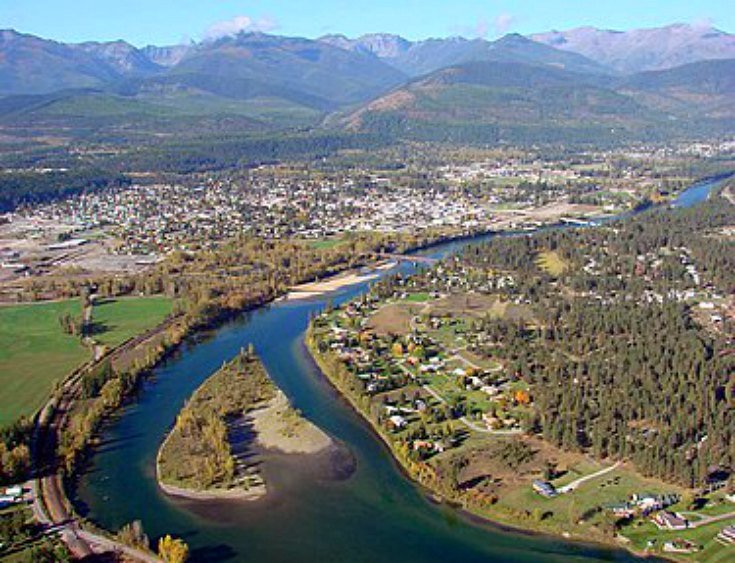
I felt I needed to mention this in my post so that anyone who has lung problems might use extra caution. Just as we use care with our Portland cement, we need to use care with the potting mixes and other ingredients too.
I am so sorry I have gone to the dark side in this post, but I need to disclose those things that I have read and heard so that you are as informed as I am able to offer to you.
Always exercise caution in what you do in the garden and handle everything as labeled. Read those cautions on the sides of the bags and heed those warnings.


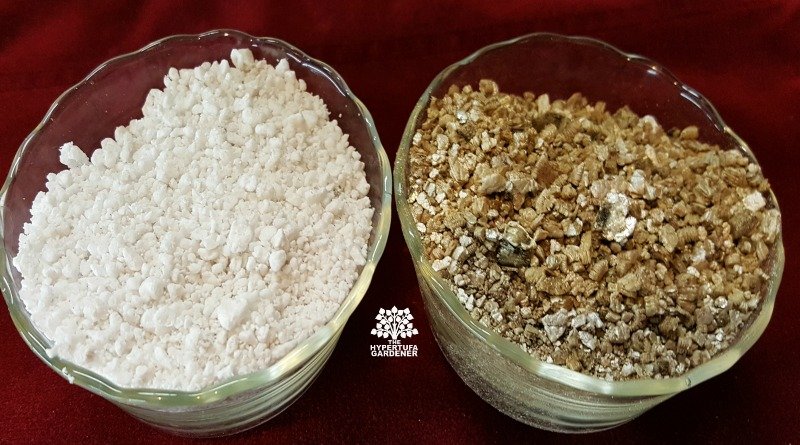
Hi there…Are there different grades / sizes of vermiculite and what do you use.?
There are different grades. It’s available in five different grades, which are based upon weight rather than particle size. Like crude vermiculite, exfoliated vermiculite comes in micron, superfine, fine, medium and large grades. The particular grade I use is “coarse” which I think is grade 3. For hypertufa, I think coarse is better.
We had to replace our old metal (furnace ) chimney. The installer told us the old pipe was surrounded by vermiculite and had to be tested before he would remove it. We collected a sample , sent to a lab and it tested asbestos free :). Planning to use in my veggie gardens as a soil amendment and in hypertufa. Thanks for the warning!
Glad it turned out safe. What a great way to get some extra supplies!
Don’t ever apologize for trying to keep people safe and healthy. You care. It’s currently called “adulting”; doing the responsible thing.💕
Thank you so much. That right, I was adulting.
I am wondering where you get your big trash bag sizes of vermiculite. I did not see the link posted. Thank you
Here is my affiliate link to order it through Amazon. Ships easily, very light weight. https://amzn.to/2ZEShdvhttps://amzn.to/2ZEShdv
I used both vermiculite and perlite in ceramics, mixed into my earthenware clay body when forming my pieces in slump molds. It worked beautifully and I was able to glaze over it. However, a year or two later the clay body began to get “pop outs”. Little clay pieces cracking off the surface of the pieces with a little speck (of vermiculite/perlite) in the centre. Turns out it was the vermiculite and perlite absorbing moisture from the air, expanding and popping off the layer of clay sitting over it. Crazy! I didn’t see that coming. Grrrr. Perlite and vermiculite take that whole absorption job thing very serious. User beware!
N.B. I have never tried it with higher temperature (vitrified) clay bodies and glazes or with cement. I am very new to cement. Have you noticed any pop-outs on the surface of the hypertufa after a year in humid spring/summer weather? Maybe the cement is more stable or forgiving.
That is an interesting development you’ve had. Especially through a glaze. I have had some age-related fallout from my pieces but nothing that I ever attributed to the V or P. But it could have been. I guess it would not be as noticeable with a rough surface as opposed to your smooth surface. But maybe the cement as the binding property made a difference. Thanks for letting me know.
Thanks for sharing an amazing guide on vermiculite. It will really help us to know the uses of vermiculite.
I’m rooting my succulents over a bed of perlite. Has worked great so far, but it doesn’t hold water long. I think a mix of perlite and vermiculite might work like a charm. Thanks for the article, I’ve always wondered what the difference was.
That sounds like a good idea for rooting succulents. The extra moisture should help it not needing so much attention when you are busy.
Thanks for going to the “Life Side”, Kim. People need to know these things before they work with these materials.
Yes, I just had to go there because I would have felt guilty without putting out a full picture.